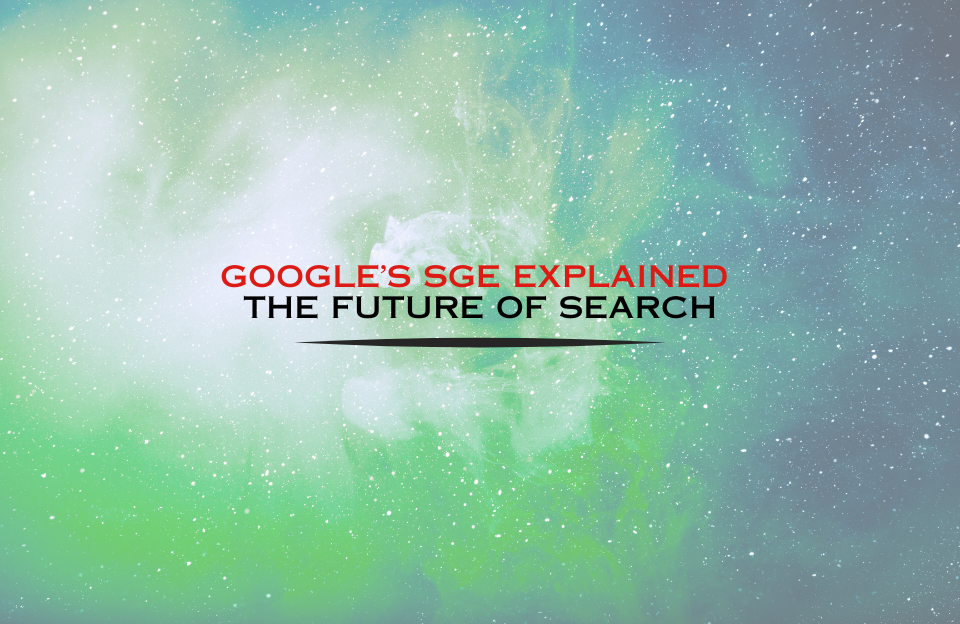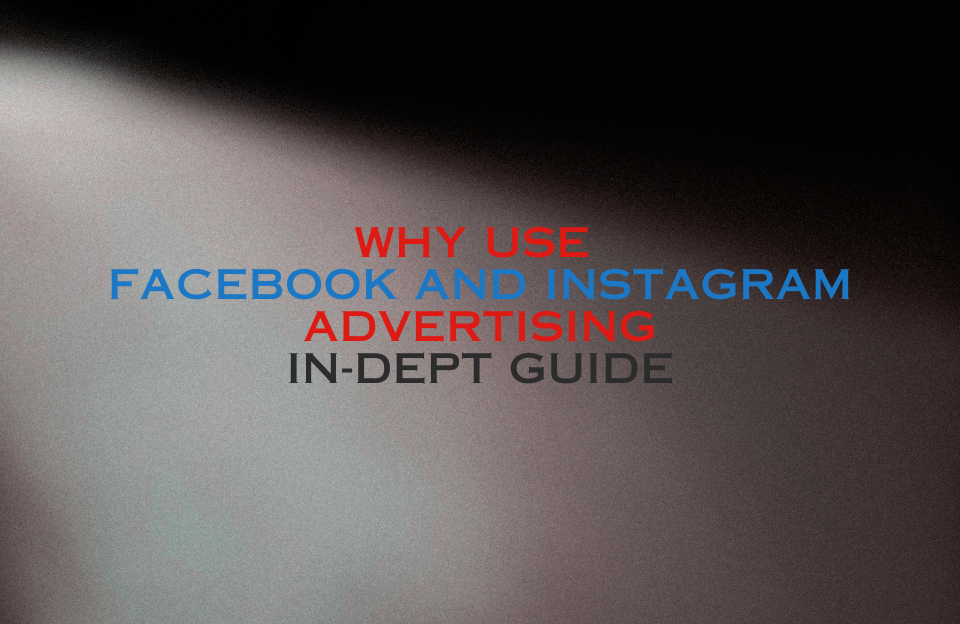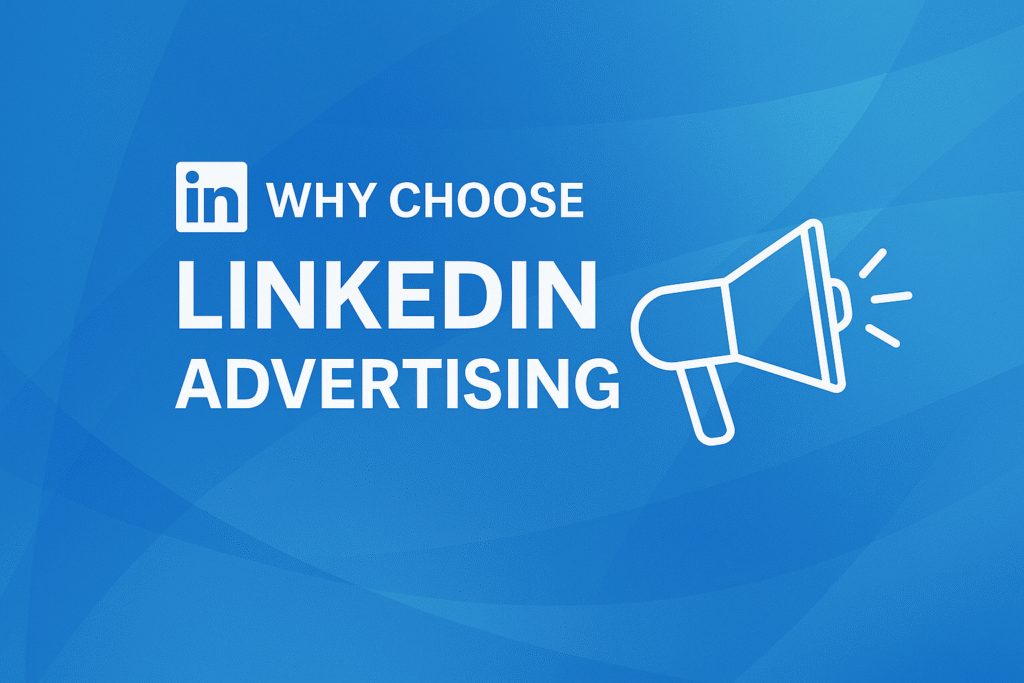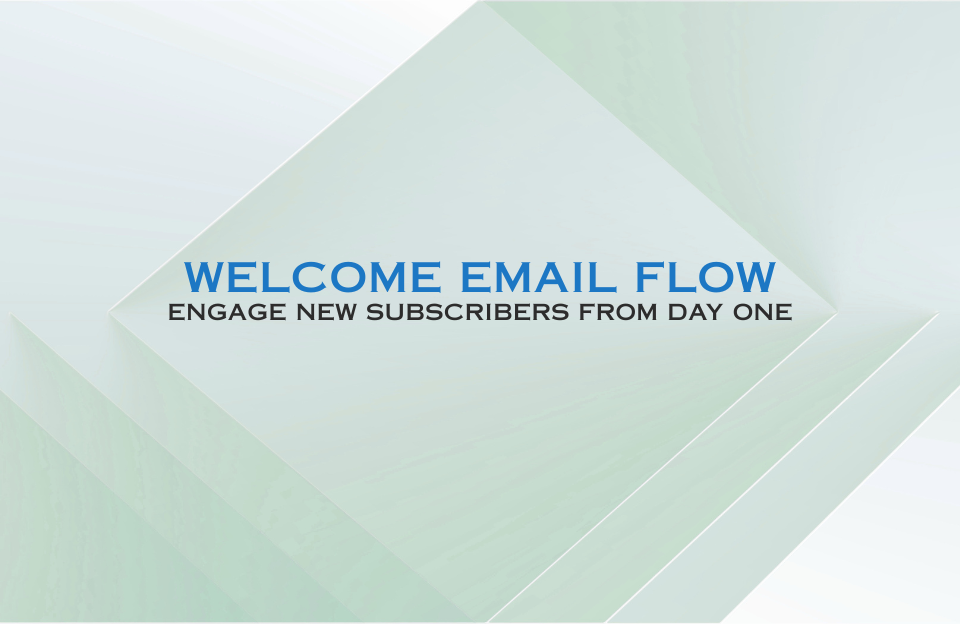What’s the Difference Between Email Marketing and Social Media?
In the ever-evolving world of digital marketing, social media seems to dominate the conversation. From Instagram Reels to LinkedIn posts, brands are investing heavily in content creation to reach new audiences. But while social media platforms rise, fall, and change their algorithms, one marketing channel continues to quietly deliver consistent results: email.
Despite being one of the oldest digital channels, email marketing still offers an unmatched return on investment (ROI), greater ownership, and direct communication—three things social media can’t guarantee. Here’s why email marketing continues to outperform, and why it should remain a core part of your marketing strategy.
1. You Own Your Audience
On social media, you’re playing on rented ground. Platforms like Facebook, TikTok, and Instagram control who sees your posts, when, and how often. An algorithm change can slash your organic reach overnight—even if you’ve spent years building your audience.
With email marketing, your subscriber list belongs to you. As long as you respect privacy laws (like GDPR) and follow ethical practices, you can communicate with your audience without interference. That control is invaluable—especially as ad costs on social media continue to rise.
2. Email Delivers the Best ROI
Email marketing consistently ranks as one of the highest-performing channels in terms of ROI. According to studies, the average return is between $36 and $42 per $1 spent. Some businesses even report up to $70 per dollar, depending on industry and list quality.
In contrast, while social media can be effective for brand awareness or engagement, it often struggles to convert. The user’s intent is lower, and conversions are less predictable. Email, on the other hand, reaches people in a more focused state—often when they’re ready to take action.
3. It’s Direct, Personal, and Measurable
Email allows for personalized, segmented, and automated communication. You can tailor content to:
- Purchase history
- Customer behavior
- Location or interest
- Stage in the funnel
Combine this with automated flows (like welcome sequences or abandoned cart emails), and you have a powerful engine running behind the scenes—something social media can’t match.
On top of that, email performance is fully measurable. You can see exactly who opened, clicked, converted, or unsubscribed. With social media, attribution is more of a guess, especially with declining third-party tracking.
4. No Algorithms, Just Delivery
One of the most frustrating things about social platforms is their lack of predictability. You might spend hours crafting the perfect post, only for it to be shown to 5% of your followers. Pay-to-play is becoming the norm.
Email doesn’t rely on a shifting algorithm. While inbox placement (and avoiding the spam folder) does require good practices, once you build a solid sender reputation and follow compliance rules, you can expect reliable delivery—straight to your audience’s inbox.
5. Email and Social Media Work Better Together
This isn’t to say you should ditch social media entirely. Platforms like Instagram, LinkedIn and TikTok are excellent for visibility, reach, and community building. They’re often where people discover your brand.
But discovery is only the beginning. To convert casual scrollers into loyal customers, you need a follow-up channel—and email is perfect for that. Social media builds awareness; email builds relationships.
Use social to grow your list (through lead magnets, content upgrades, or giveaways), and use email to nurture, educate, and convert.
6. Your Safety Net in a Changing World
From privacy regulations (like iOS tracking limitations) to the rise of cookie-less browsing, marketers are facing more limitations when it comes to tracking and targeting. Platforms may restrict data access, limit insights, or reduce audience sizes.
Email helps mitigate that. It’s a first-party data channel—you control it. That makes it more resilient to changes in the digital landscape.
Conclusion: Long Live Email
While social media is loud and flashy, email is steady and dependable. It’s not about choosing one over the other—it’s about recognizing the role each plays. Social may be where the conversation starts, but email is where relationships are built and sales are made.
In a time where attention spans are short and platform rules constantly shift, email marketing gives you something incredibly valuable: control. And that’s why it still beats social media—every single time.




